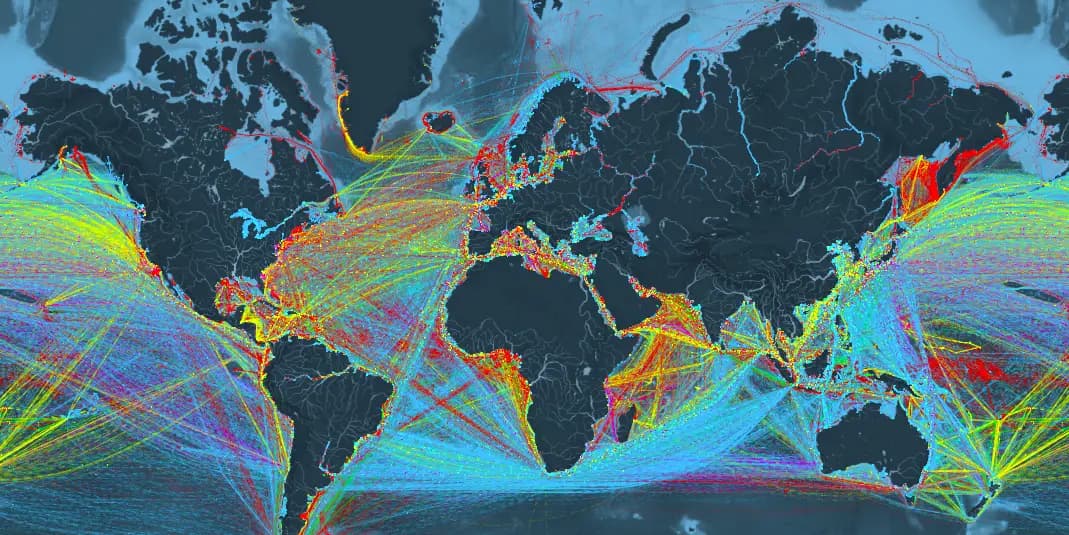Navigating International Shipping Regulations for Precious Metals
Transporting precious metals across international borders involves navigating a complex web of regulations, compliance requirements, and security protocols. Understanding these regulations is essential for anyone involved in the global movement of gold, silver, platinum, and other valuable metals.

The Regulatory Landscape
International precious metals shipping is governed by multiple overlapping frameworks:
Global Frameworks
Several international bodies establish baseline standards for precious metals transportation:
- Financial Action Task Force (FATF): Anti-money laundering standards
- World Customs Organization (WCO): Harmonized customs procedures
- International Chamber of Commerce (ICC): Uniform customs and practice for documentary credits
- Basel Committee on Banking Supervision: Standards for banks financing precious metals
These global frameworks provide the foundation, but individual countries implement their own specific regulations.
Country-Specific Regulations
| Country | Notification Threshold | Special Permits | Key Regulatory Bodies |
|---|---|---|---|
| United States | $10,000+ | OFAC clearance for certain countries | FinCEN, US Customs, OFAC |
| European Union | €10,000+ | AEO certification recommended | EU Customs, national authorities |
| Switzerland | CHF 25,000+ | None for most shipments | FINMA, Swiss Customs |
| Singapore | SGD 20,000+ | PSM certificate for exports | Singapore Customs, MAS |
| China | All shipments | Import/export license required | SAFE, Chinese Customs |
"The most frequent compliance issues we encounter stem not from deliberate violations but from simple misunderstandings of how regulations differ between jurisdictions."
— David Martinez, Head of Compliance
Documentation Requirements
Proper documentation is critical for smooth international shipping of precious metals. Essential documents include:
1. Commercial Documentation
- Commercial Invoice: Detailed description, value, HS codes
- Packing List: Weight, dimensions, packaging details
- Certificate of Origin: Proving where the metals were mined or refined
- Sales Contract: Terms of the transaction
2. Regulatory Documentation
- Export Declarations: Filed with exporting country's customs authority
- Import Declarations: Filed with importing country's customs authority
- Customs Value Declaration: For proper duty assessment
- AML Documentation: Source of funds and beneficial ownership information
3. Transportation Documentation
- Bill of Lading or Air Waybill: Contract with the carrier
- Insurance Certificate: Proving coverage during transit
- Dangerous Goods Declaration: For certain precious metals compounds
- Security Endorsements: Proving compliance with carrier security requirements
Precious Metals Classification
Proper classification is essential for compliance. The Harmonized System (HS) codes commonly used include:
71.08 - Gold (including gold plated with platinum)
71.06 - Silver
71.10 - Platinum, palladium, rhodium, iridium, osmium, and ruthenium
71.12 - Waste and scrap of precious metal
71.13 - Articles of jewelry of precious metal
71.18 - Coin (including gold coin)
Misclassification can lead to:
- Incorrect duties and taxes
- Delays at customs
- Potential penalties
- Enhanced scrutiny on future shipments
Compliance Best Practices
At Vault Secure Logistics, we've developed a comprehensive approach to international compliance:
1. Pre-Shipment Due Diligence
Before any international movement begins:
- Origin verification of all precious metals
- Sanctions screening of all parties involved
- Route risk assessment for geopolitical concerns
- Regulatory gap analysis between origin and destination
2. Strategic Customs Management
Effective customs management requires:
- Advance electronic filing to expedite clearance
- Broker selection based on metal-specific expertise
- Consistent valuation methods across shipments
- Regular customs audits to verify compliance

3. Technology-Enabled Compliance
Modern compliance leverages technology:
- Automated screening systems against watch lists
- Blockchain documentation for immutable record-keeping
- Real-time regulatory updates through API integrations
- Machine learning for identifying unusual transaction patterns
Recent Regulatory Developments
The regulatory landscape continues to evolve. Recent significant changes include:
New Anti-Money Laundering Requirements
The financial crimes enforcement network (FinCEN) has expanded requirements for precious metals dealers to include:
- Enhanced due diligence for transactions over $50,000
- Expanded beneficial ownership verification
- Transaction monitoring systems for pattern recognition
- Mandatory electronic filing of suspicious activity reports
Revised LBMA Responsible Sourcing Program
The London Bullion Market Association has strengthened its responsible sourcing requirements:
- Expanded country of origin documentation
- Enhanced chain of custody tracking
- Third-party audits of supply chain
- Regular reassessment of counterparties
EU Conflict Minerals Regulation
Fully implemented in January 2022, this regulation requires:
- Due diligence on supply chains from conflict-affected areas
- Public reporting on sourcing practices
- Independent third-party verification
- Risk management procedures for identified issues
Case Study: Multi-Jurisdictional Shipping
A recent shipment of investment-grade gold from Switzerland to Singapore illustrates best practices:
-
Pre-shipment planning:
- Verification of all export/import requirements
- Advance electronic filing with both customs authorities
- Confirmation of tax treatment at destination
-
Documentation package:
- Standard commercial documents
- LBMA Good Delivery certification
- AML compliance statements
- Secure custody transfer protocols
-
Logistics execution:
- Secure airfreight under customs seal
- GPS-enabled security container
- Real-time monitoring throughout transit
- Escorted transfers at origin and destination
Result: Seamless clearance at both borders with zero delays.
Preparing for Regulatory Changes
The regulatory environment continues to evolve. To stay ahead:
- Join industry associations for early awareness of changes
- Establish relationships with customs authorities
- Implement flexible compliance systems adaptable to new requirements
- Conduct regular training to keep staff updated on regulations
Conclusion
Successfully navigating international shipping regulations for precious metals requires a combination of detailed knowledge, meticulous preparation, and systematic execution. While regulatory complexity creates challenges, it also raises barriers to entry that benefit professional operators who invest in compliance excellence.
At Vault Secure Logistics, we maintain a dedicated compliance team that continuously monitors regulatory developments across all major jurisdictions, ensuring our clients' precious metals move seamlessly across international borders with full regulatory compliance.
Need assistance with international precious metals shipping? Contact our compliance team for expert guidance tailored to your specific requirements.
